I recently imaged the eagle nebula and the pillars of creation through my 80mm telescope. In my picture, you can see the elephant trunks of interstellar gas and dust of the Eagle Nebula. They are named Pillars of creation because the gas and dust are in the process of creating new stars, while also being eroded by the light from nearby stars that have recently formed.
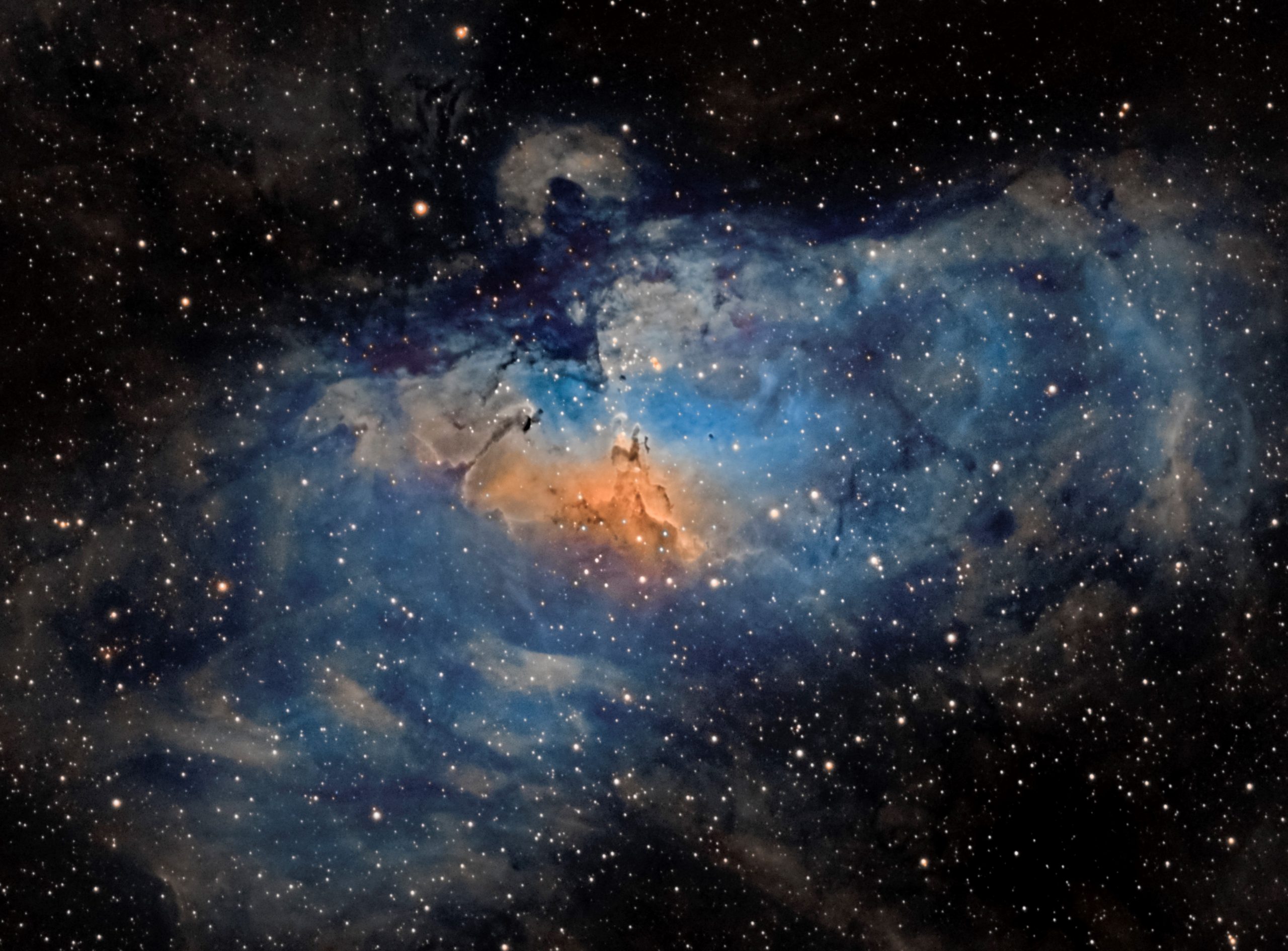
Hubble picture 1995
I can vividly remember the first Hubble picture of the Pillars of Creation in 1995. Actually, this is one of the pictures that inspired me to learn more about astronomy and eventually get into amateur astrophotography which I have been doing for several years now. The Hubble picture of the pillars of creation in 1995 was among the top astropictures shared on the web. I was 18 years old at the time and I remember it took me several minutes to download the picture using a telephone connection :-).
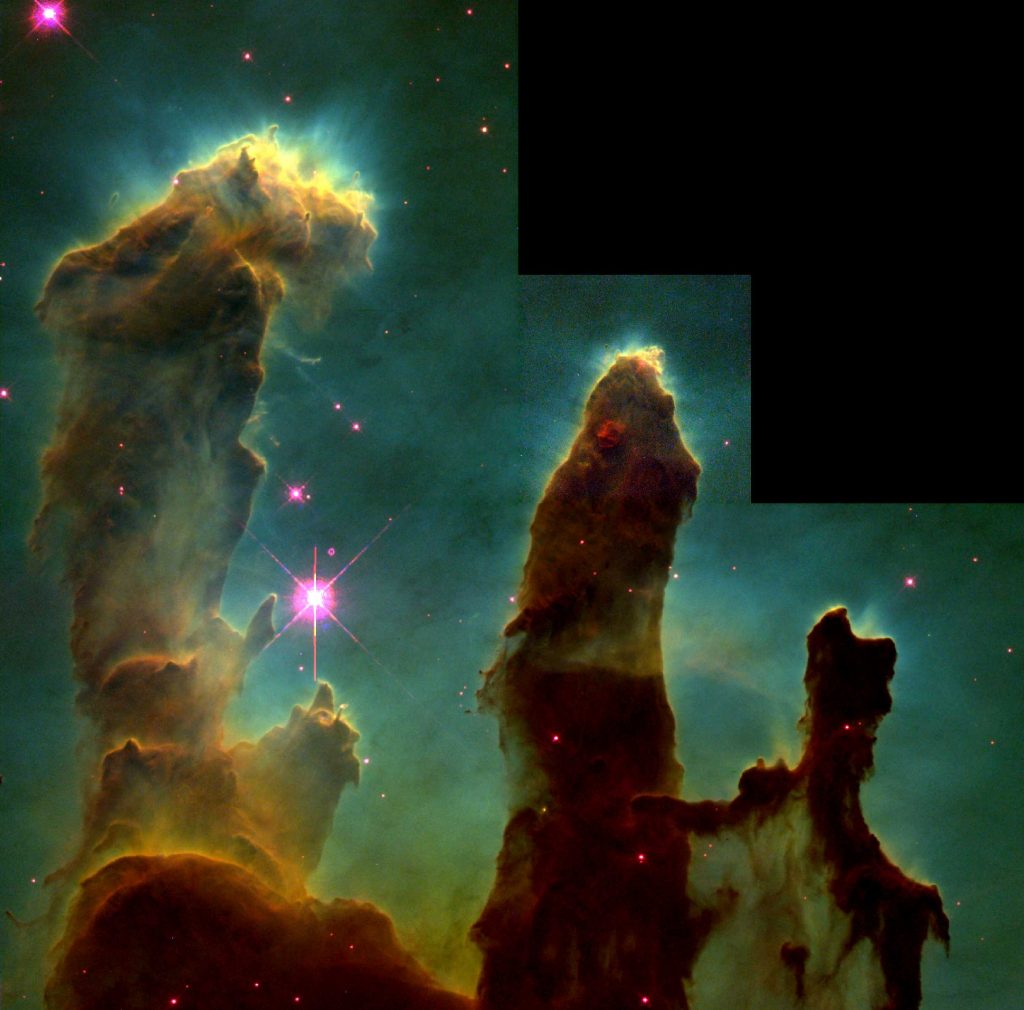
Composition of the Pillars of Creation
The pillars are composed of molecular hydrogen and dust that are being eroded by photoevaporation from the ultraviolet light of relatively close and hot stars. To give you a sense of size, the leftmost pillar is about four light years in length. So this is roughly the same distance as the distance from our sun to the nearest star in our milky way, alpha centauri. As another example, the finger-like projections at the top of the clouds are larger than our solar system. The region was rephotographed by Hubble in 2014 with a newer camera. The picture had a huge cultural impact was featured on everything from “t-shirts to coffee mugs.” So the pictures were used by anyone who wanted to do a little side hustle, lol.

Conspiracy theory: are the pillars of creation destroyed?
About a decade ago, there was a conspiracy theory among professional astronomers who actually thought the pillars of creation would have been destroyed already. Images taken with the Spitzer Space Telescope uncovered a cloud of hot dust in the vicinity of the Pillars of Creation that might be a shock wave produced by a supernova. The presence of a supernova actually suggests the supernova shockwave would have destroyed the Pillars of Creation 6,000 years ago. Given the distance of roughly 7,000 light-years from earth to the Pillars of Creation, this would mean that they have actually already been destroyed, but because light travels at a finite speed, this destruction should be visible from Earth in about 1,000 years. However, in 2014 the Pillars were imaged a second time by Hubble, in both visible light and infrared light. Both Hubble images being 20 years apart provided new information about the rate of evaporation occurring within the pillars. This new data suggests that there was in fact no supernova explosion in the vicinity of the pillars. Right now, it is now estimated they will be around for at least 100,000 years longer. So let me know in the comments section: Do you believe that the pillars of creation are already distroyed?
Eagle nebula
The pillars of creation are part of the much larger Eagle nebula. This is a region of active star formation. The nebula is home to approximately 8100 stars. The cluster’s age has been estimated to be about 2 million years old. The brightest star (HD 168076) has an apparent magnitude of about +8, so it is easily visible with good binoculars. So visual astronomers have something to look at as well when they decide to check out this region of space, haha.
Astrophotography from backyard
So I composed this picture of the eagle nebula with the pillars of creation from my backyard across multiple nights, using essential astrophotography equipment such as my SW EQ6-R pro mount, my ZWO 1600MM camera and several narrowband filters to capture the various ionized gasses of the eagle nebula. I’ve included links to the astrogear used below the picture.

LINKS TO ASTROPHOTOGRAPHY GEAR USED FOR MY EAGLE NEBULA PICTURE:
Skywatcher EQ6-R PRO telescope mount:
ZWO ASI 1600MM pro camera:
Telescope: Teleskop Service 80mm F/6 Photoline refractor telescope:
ZWO 8 position electronic filter wheel:
ZWO 7nm Narrowband filters (Ha, Sii, Oiii):
Astrophotography
I took multiple pictures with an exposure time of about 5 minutes each, using three different narrowband filters of Ha, Sii and Oiii. This is an example of a single 5 minute picture of the eagle nebula in Ha. I was surprised to see that the heart of the eagle nebula with the pillars of creation was quite visible already.
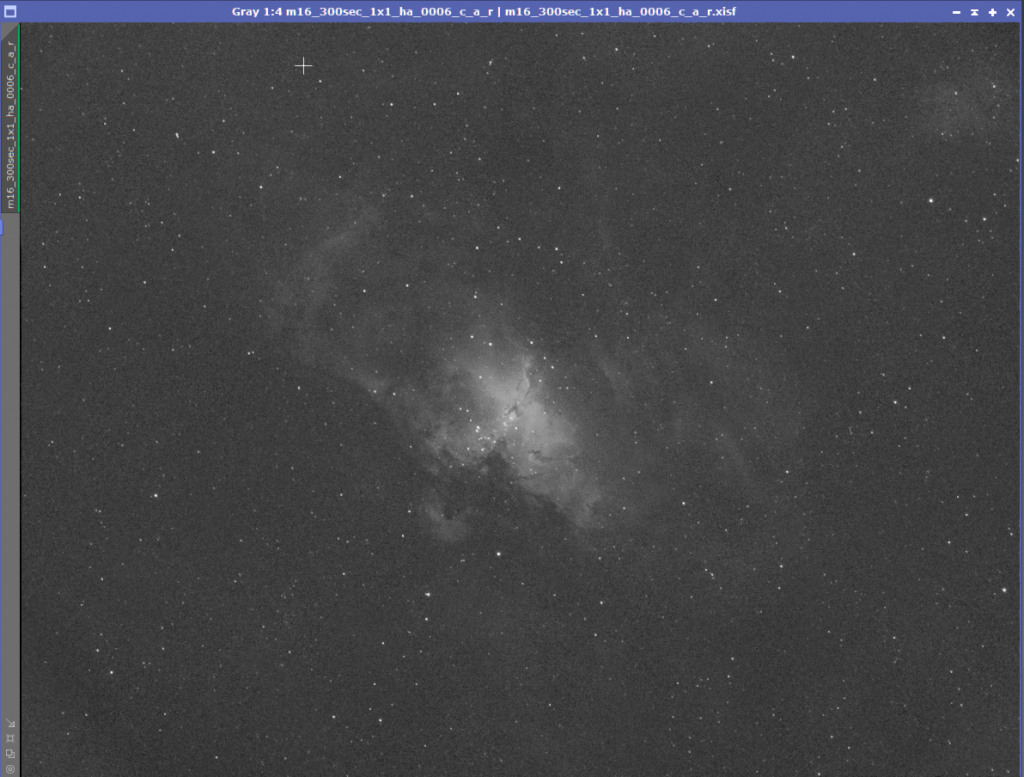
I used a popular software program called pixinsight to stack all of these images together, so this is a stacked image of 55 single pictures of the eagle nebula in hydrogen alpha. Similarly, i have stacked 32 images in Oiii, and 25 images using the Sii filter.
I combined the three stacked images into one overall false-colored picture of the eagle nebula. It is a false-colored image, because the colors do not correspond with the actual color of the nebula, which is mainly red, but they do correspond with the different elements that are present in this nebula. So the yellow/goldish parts in this picture correspond with hot ionized hydrogen gasses within the nebula, whereas the blue colors correspond with oxygen that is present within the nebula. This way of composing a deep-sky astrophotography picture has been dubbed a “Hubble Palette” because astronomers in the Hubble project actually use a similar process to compose their pictures.

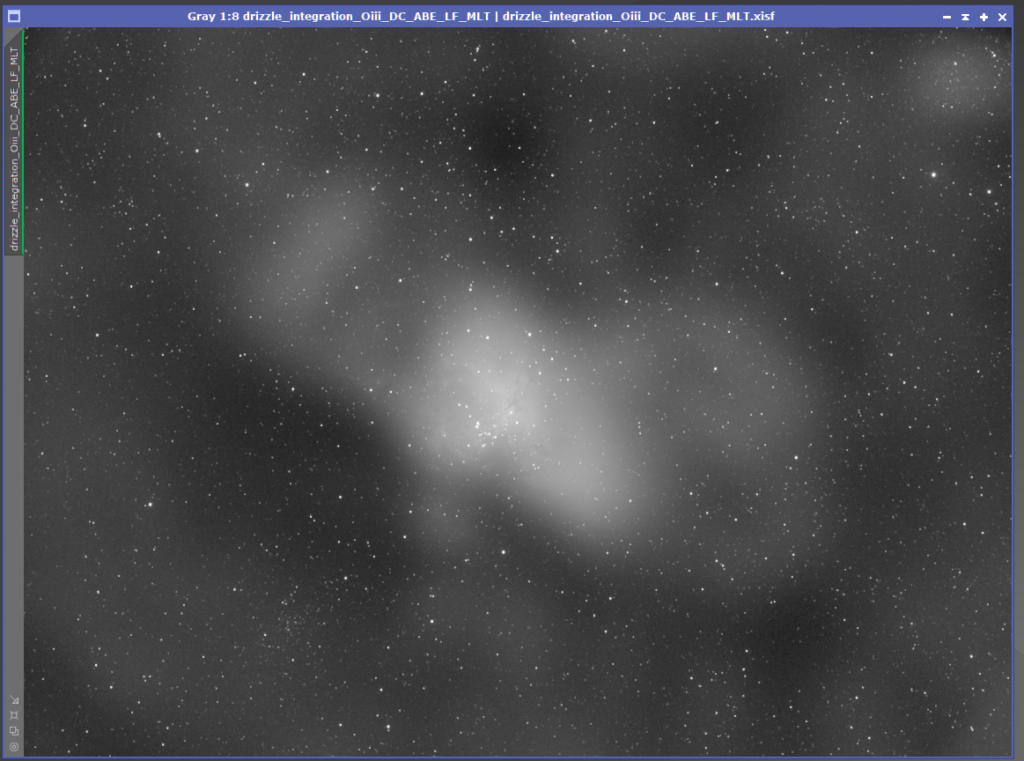
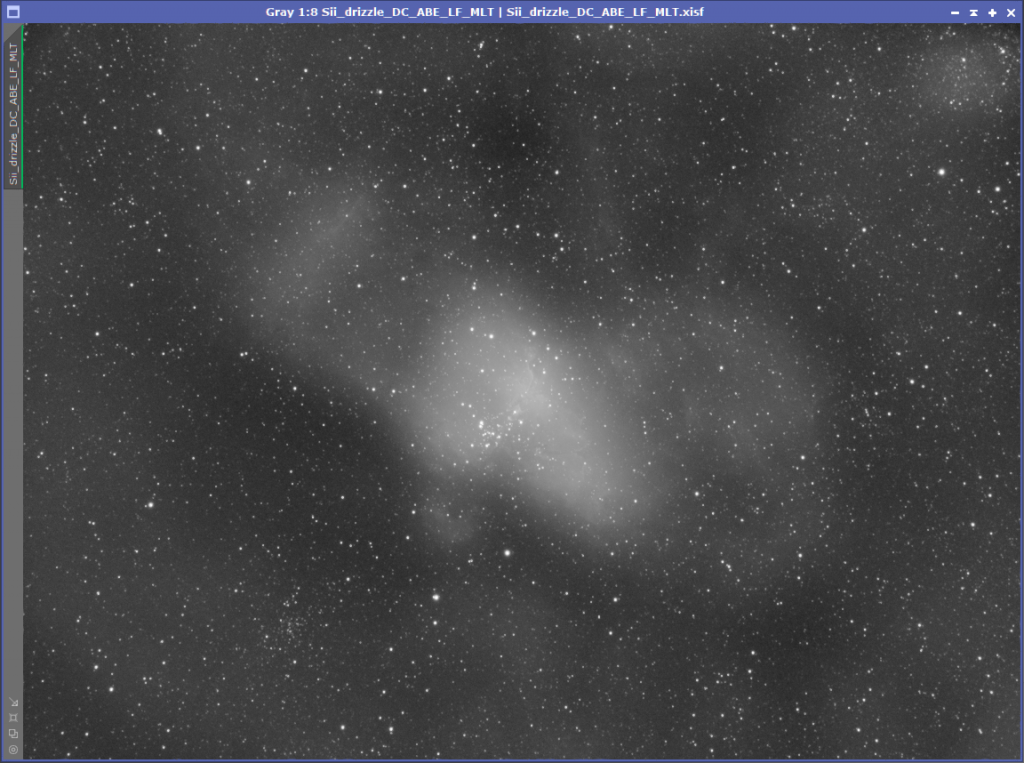
The work you are doing is important. Thank you so very much for your knowledge, your experience and your effort to help those like me who are just beginning to have an interest in astro-photography. Earlier this evening, I took my first photograph through one of my telescopes. Then I started by watching your excellent video about choosing the right telescope for astro-photography. That lead me to your website and this fabulous photograph of the Eagle nebula. It took my breathe away. Thank you for keeping me from wasting a lot of money on a 10 inch Schmidt-Cassegranian. I currently have a Celestron Achromatic 4 inch refractor, and a Meade ETX 90 EC. My plan is to replace the Celestron with a 80mm apochromatic refractor. This is all because of your video on selecting telescopes. Thank you so very much.
Barry, thank you so much for your kind words!
Let me know if you need any help choosing the APO refractor and clear skies!
This is amazing! Great job!